Bring café-quality espresso home with a professional-grade espresso machine. Discover how to choose the perfect...
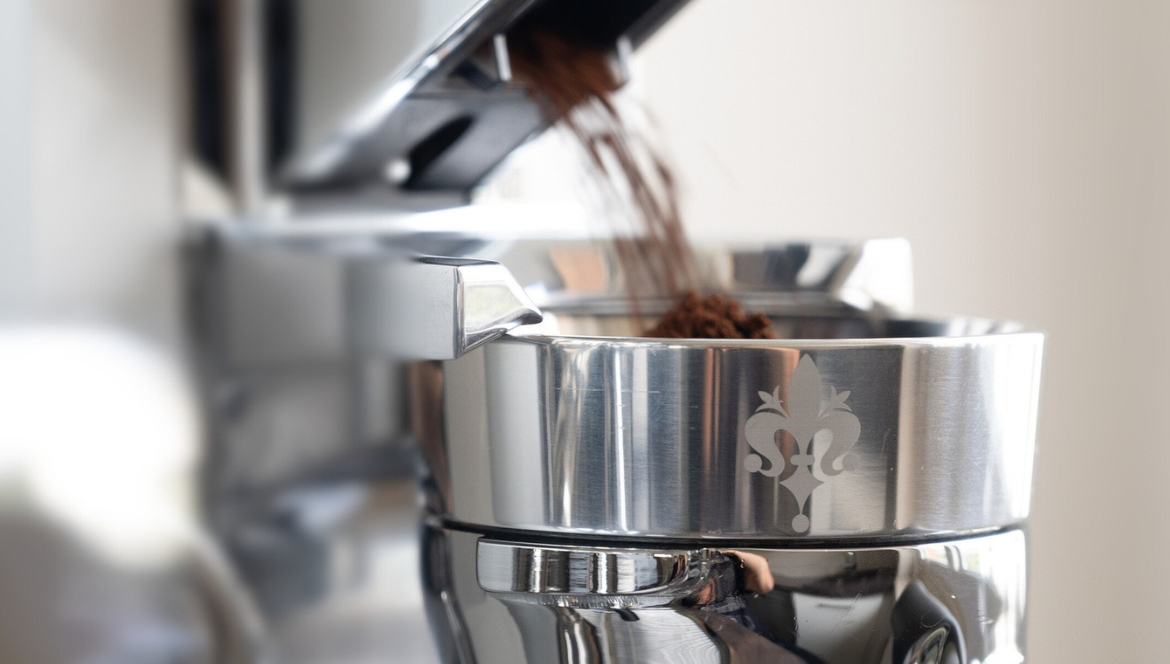
Understanding Espresso Grind Size: How It Affects Your Shot Quality
If you’ve ever wondered why your espresso sometimes tastes too bitter, too watery, or just “off,” the answer often lies in one small but crucial detail — the grind size. For espresso lovers, grind consistency is everything. Even the best espresso machine can’t produce that perfect, balanced shot if the coffee grounds are too coarse or too fine.
In this guide, we’ll explore why grind size matters, how it affects espresso extraction, and which espresso grinder can help you achieve coffee shop quality right at home.
Why Grind Size Matters in Espresso
Espresso brewing is all about precision — high pressure, short extraction time, and a fine grind. When hot water is forced through tightly packed grounds at around 9 bars of pressure, every second counts. The grind size determines how fast or slow water passes through the coffee puck, which directly affects extraction.
- Too fine a grind: Water struggles to pass through, causing over-extraction. The espresso tastes bitter and burnt.
- Too coarse a grind: Water flows too easily, leading to under-extraction. The result is a weak, sour shot.
- Perfect grind: The sweet spot produces a rich, balanced shot with golden crema, complex aroma, and smooth body.
Finding the Perfect Espresso Grind Size
Most espresso machines — from semi-automatic espresso machines to professional barista machines — require a grind texture similar to fine table salt. However, every bean and every espresso machine behaves slightly differently.
Here’s a quick guide:
| Espresso Result | Grind Texture | Shot Time | Taste Outcome |
|---|---|---|---|
| Too Fine | Powdery | > 30 sec | Bitter, burnt |
| Ideal | Fine like table salt | 25–30 sec | Balanced, rich |
| Too Coarse | Sandy | < 20 sec | Sour, watery |
A dual boiler espresso machine or commercial espresso machine gives you more control over pressure and temperature, but the grind size still plays a bigger role in flavor than any other variable.
Best Espresso Grinders for Perfect Consistency
Your grinder determines how consistent your grind size will be — and consistency equals control. If your goal is espresso perfection, investing in a quality grinder is essential.
1. Eureka Mignon Specialita
The Eureka Mignon Specialita is one of the most popular espresso coffee grinders for both home and prosumer setups. It offers stepless micrometric adjustment, meaning you can fine-tune grind size down to the smallest detail. Its quiet motor and fast grind speed make it ideal for daily use.
2. Mahlkönig Espresso Grinders
Known as the “king” of espresso grinding, Mahlkönig grinders like the X54 or EK43 deliver exceptional grind uniformity. They are often used in cafés and small coffee shops that need professional-grade consistency.
3. Eureka Mignon Zero & Atom
For espresso purists, the Eureka Mignon Zero and Eureka Atom 65/75 are top-tier models. These single-dose espresso grinders minimize retention, ensuring every gram of coffee is freshly ground and accurate.
4. Manual Espresso Grinders
If you’re more of a hands-on barista, a manual espresso grinder can still achieve impressive results. Models like the Pietro hand grinder or Eureka Baby hand grinder give excellent control for espresso-level fineness.
How to Test and Adjust Your Grind Size
Use your espresso extraction time as your main feedback tool. A perfect espresso shot should take 25 to 30 seconds from the moment you start the pump.
Here’s a quick adjustment guide:
- If your shot runs too fast (<20 sec) → Grind finer.
- If your shot runs too slow (>35 sec) → Grind coarser.
- Always adjust slightly and test again — small changes make a big difference.
You can also look at the espresso puck after brewing:
- If it’s soggy and watery, you under-extract.
- If it’s too dry or has cracks, you over-extracted.
Pairing the Right Grinder with the Right Machine
- Home espresso setups: Pair a compact espresso machine like the Rocket Appartamento or Lelit Anna with an Eureka Mignon Specialita for top results.
- Small cafés or offices: Combine a commercial espresso machine such as the Rocket Milano with a Mahlkönig grinder for consistent high-volume performance.
- Beginners: Start with an affordable espresso machine and a manual grinder to learn how grind affects flavor.
Final Thoughts
The grind size is the foundation of espresso perfection. Whether you’re using a rocket espresso machine, a lelit coffee machine, or a compact home espresso maker, your grinder is the real key to unlocking flavor.
Experiment with different grind levels, measure extraction times, and always use fresh beans. When your grind size, dose, and extraction align — you’ll enjoy a rich, aromatic shot that rivals any Italian café.
Build Your Espresso Setup
Frequently Asked Questions (FAQs)
Q1. What is the best grind size for espresso?
Espresso requires a fine grind — similar to table salt. The fine grind helps create enough resistance for proper extraction within the 25–30 second window.
Q2. What happens if my espresso grind is too coarse?
A coarse grind leads to under-extraction, resulting in sour, watery, and weak espresso.
Q3. Can I use pre-ground coffee for espresso?
You can, but it’s not ideal. Freshly ground coffee from a dedicated espresso grinder ensures consistent particle size and better flavor.
Q4. How do I know if my grind size is correct?
Your espresso shot should extract in about 25–30 seconds. If it’s faster, grind finer; if slower, grind coarser.
Q5. Do different beans need different grind sizes?
Yes. Lighter roasts often need a finer grind, while darker roasts perform better with slightly coarser settings.











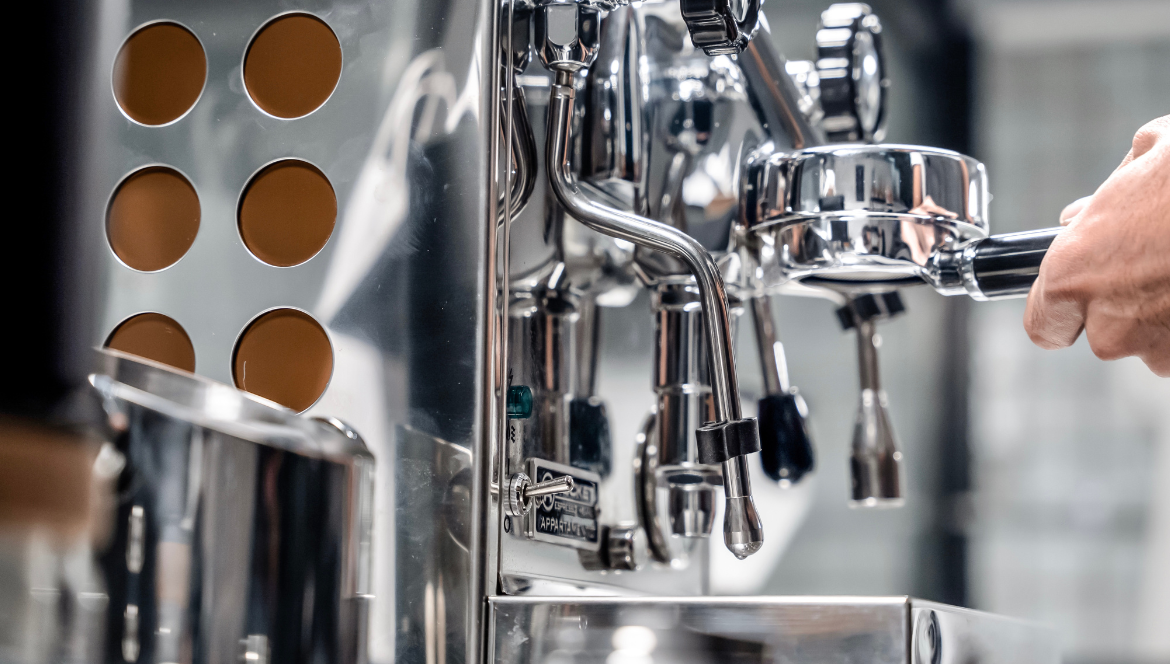
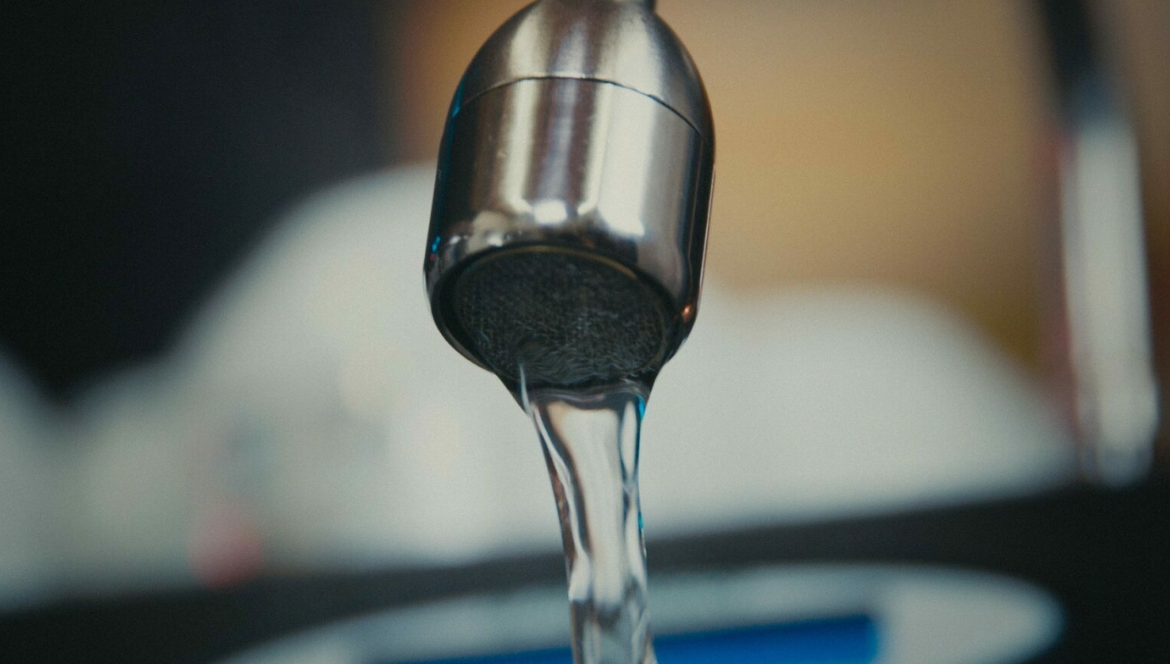
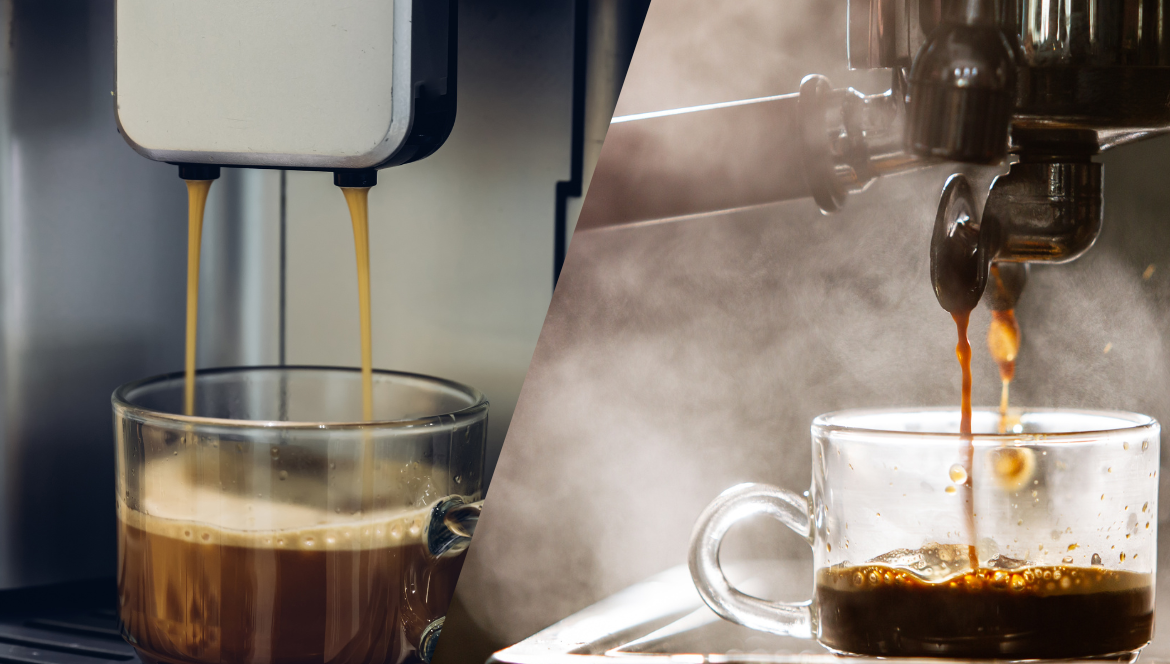
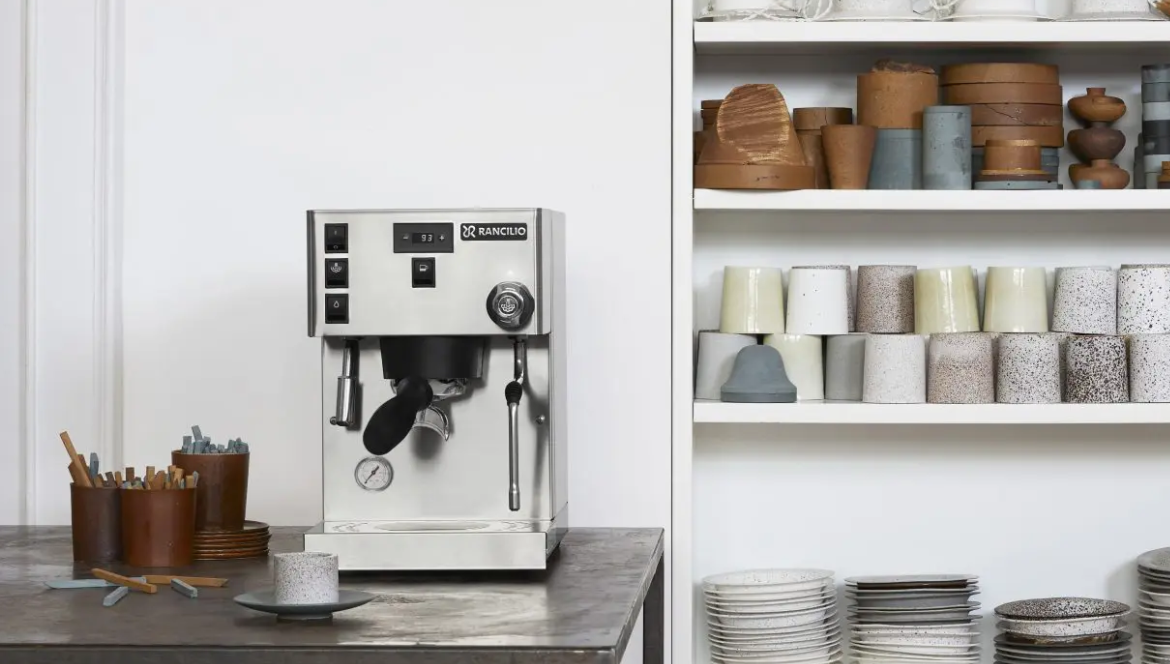
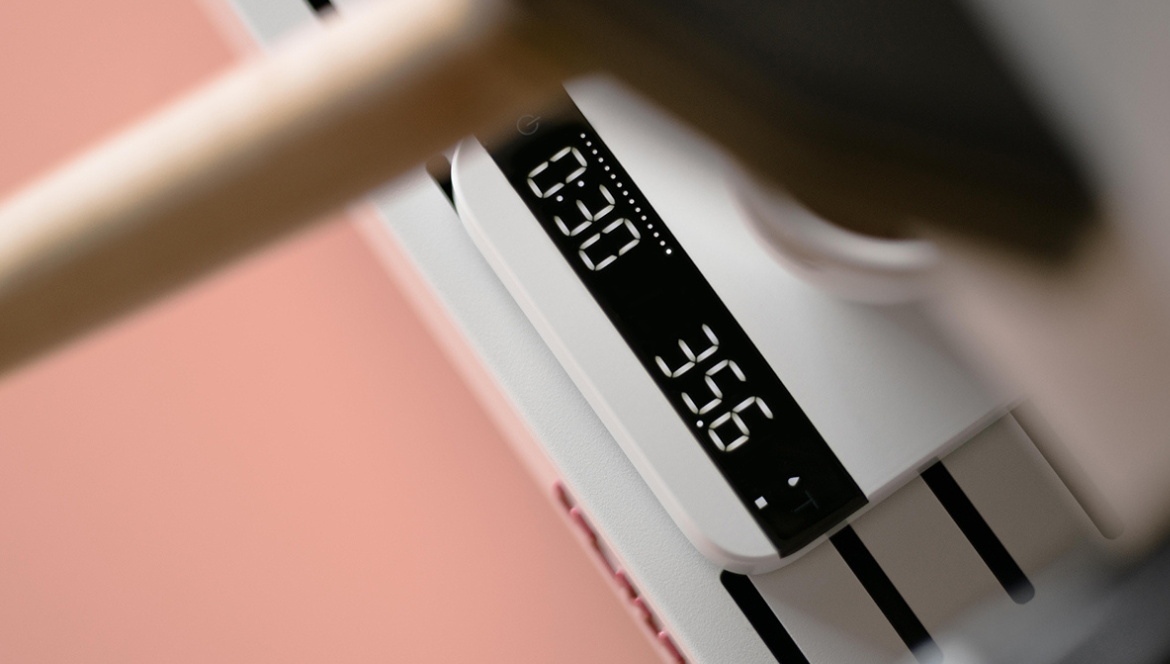
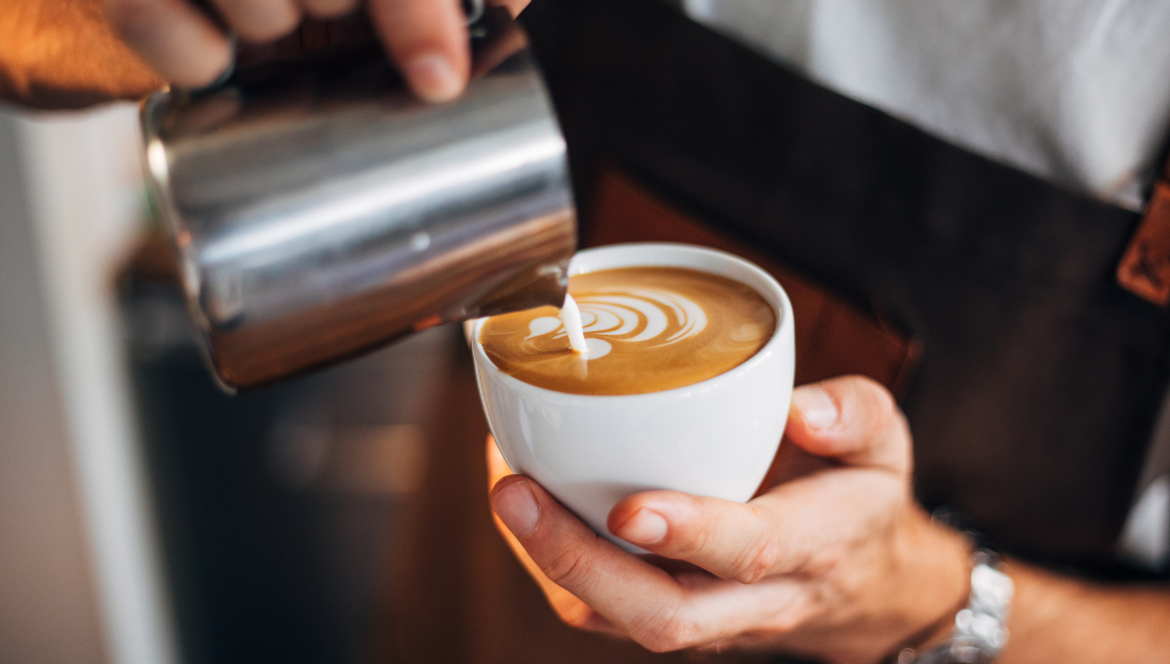
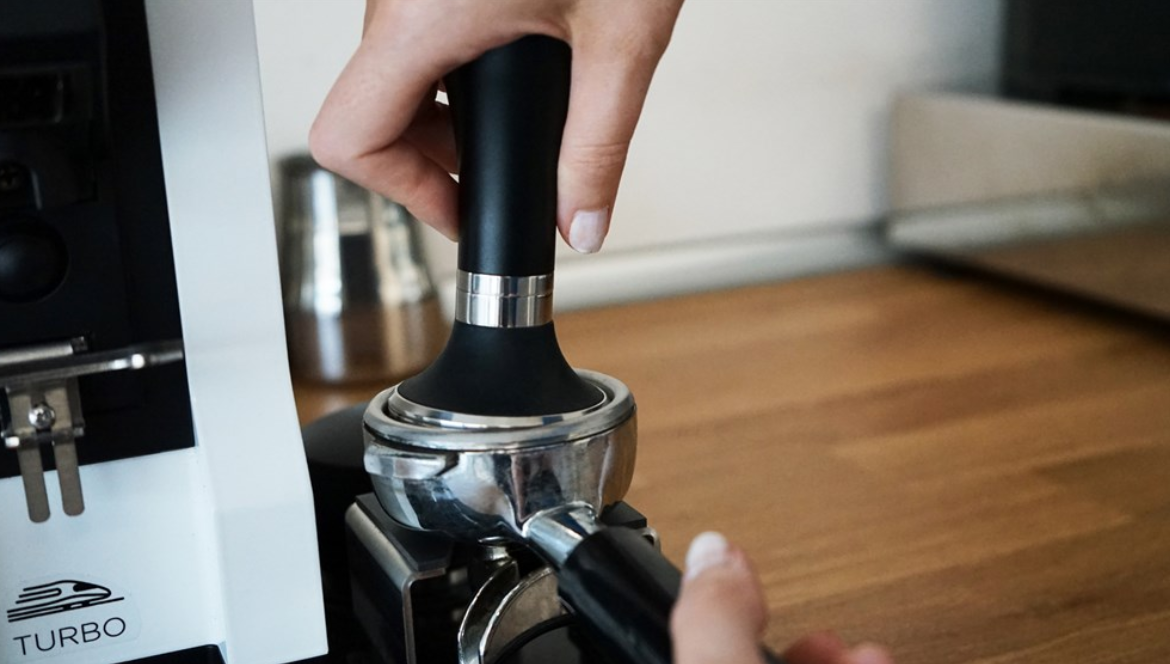
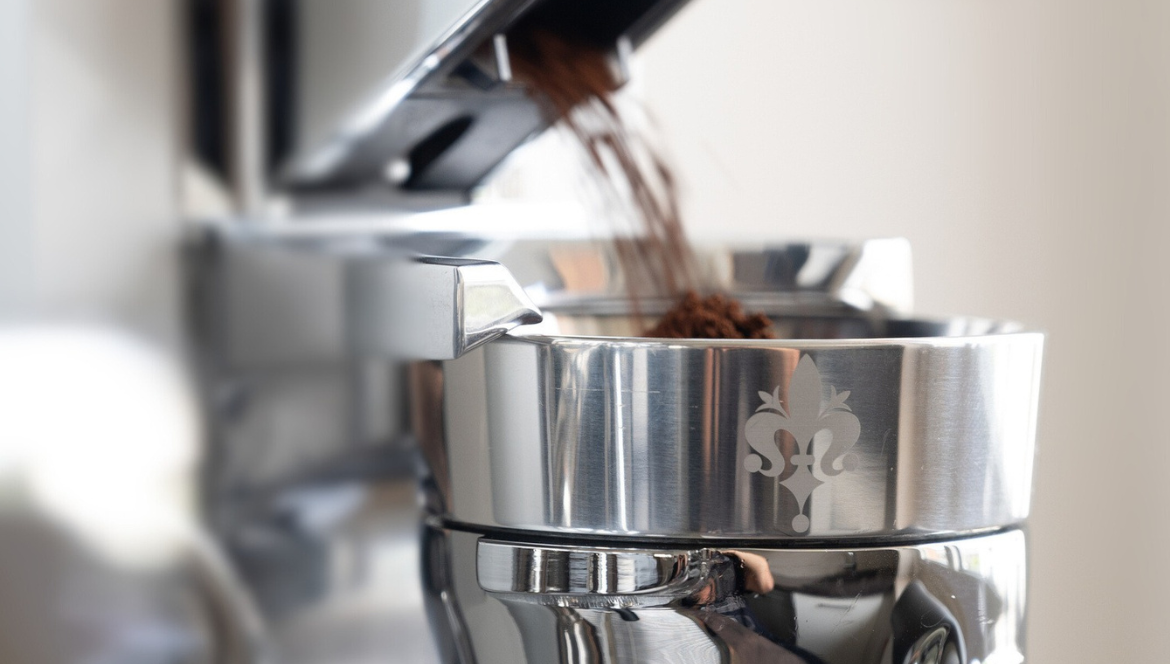
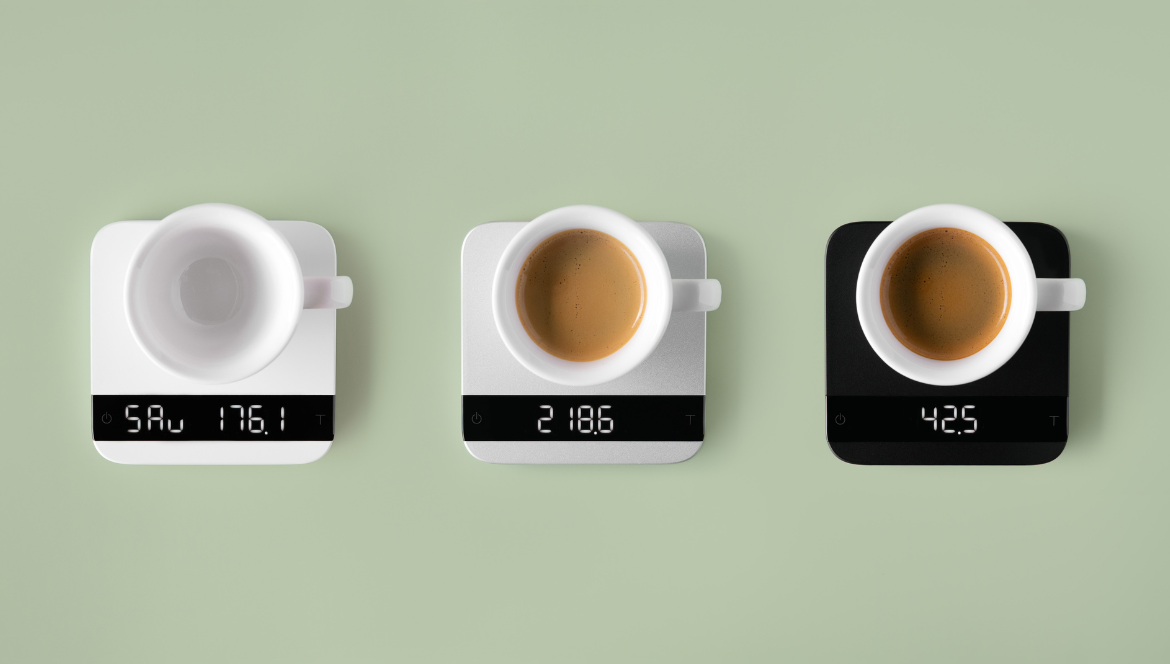
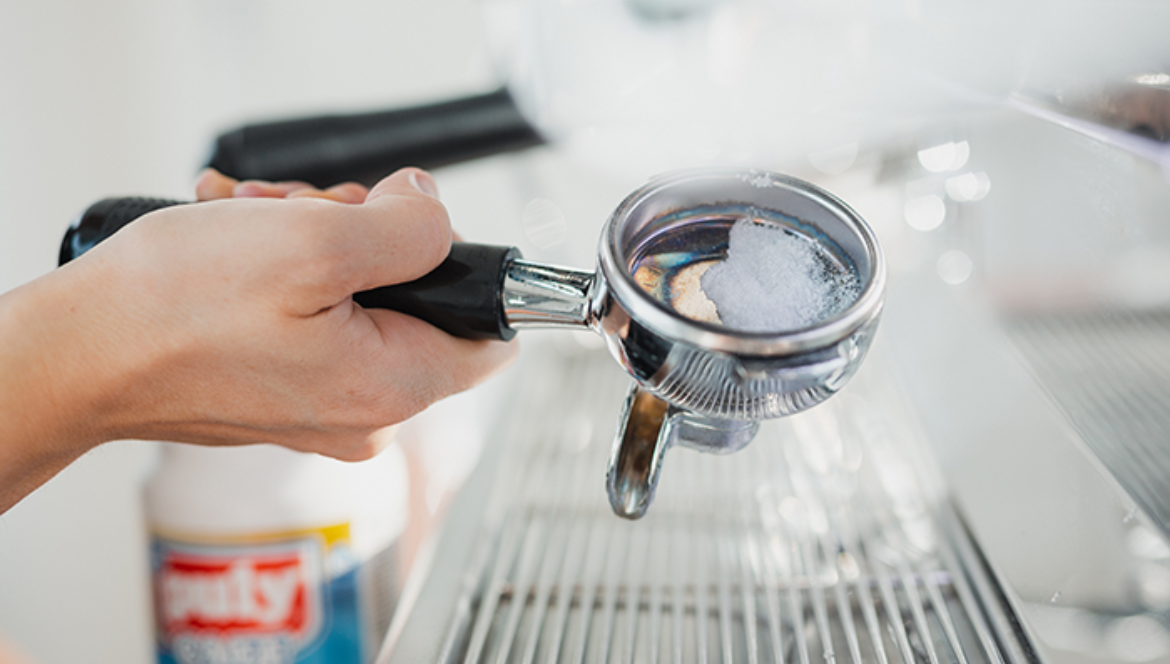
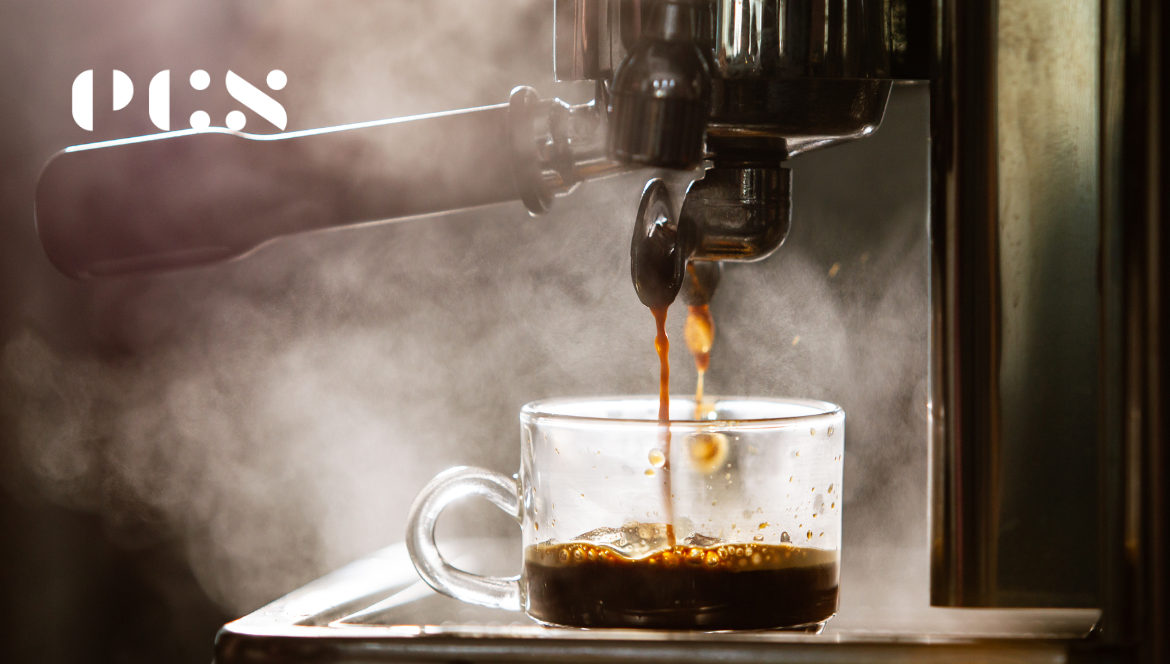
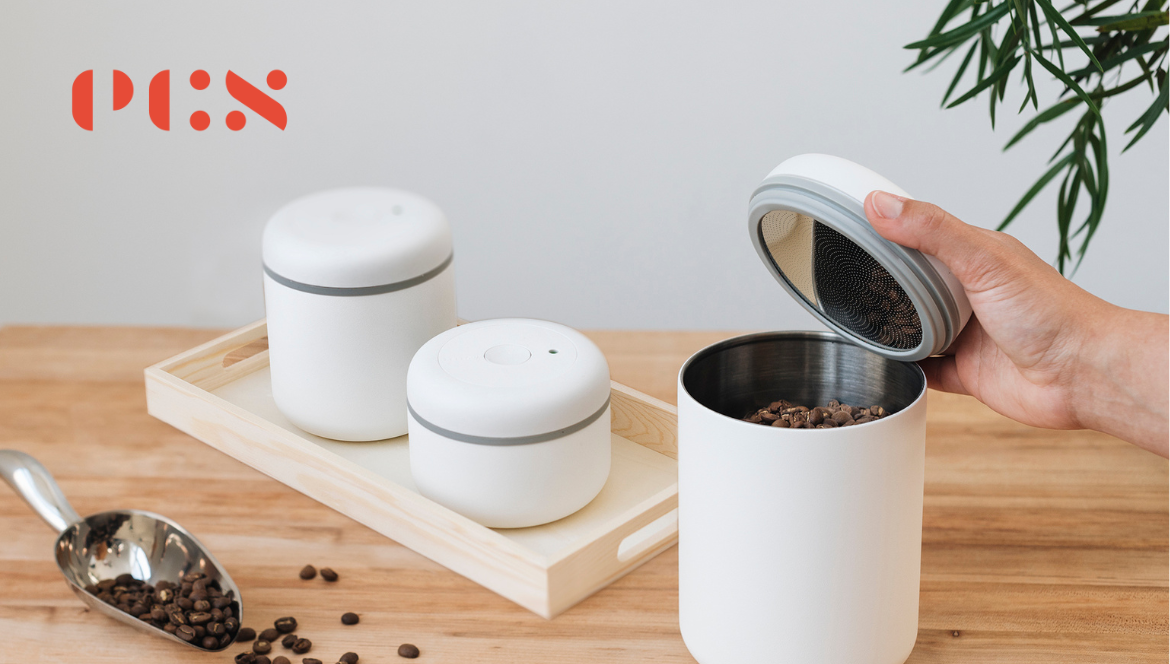
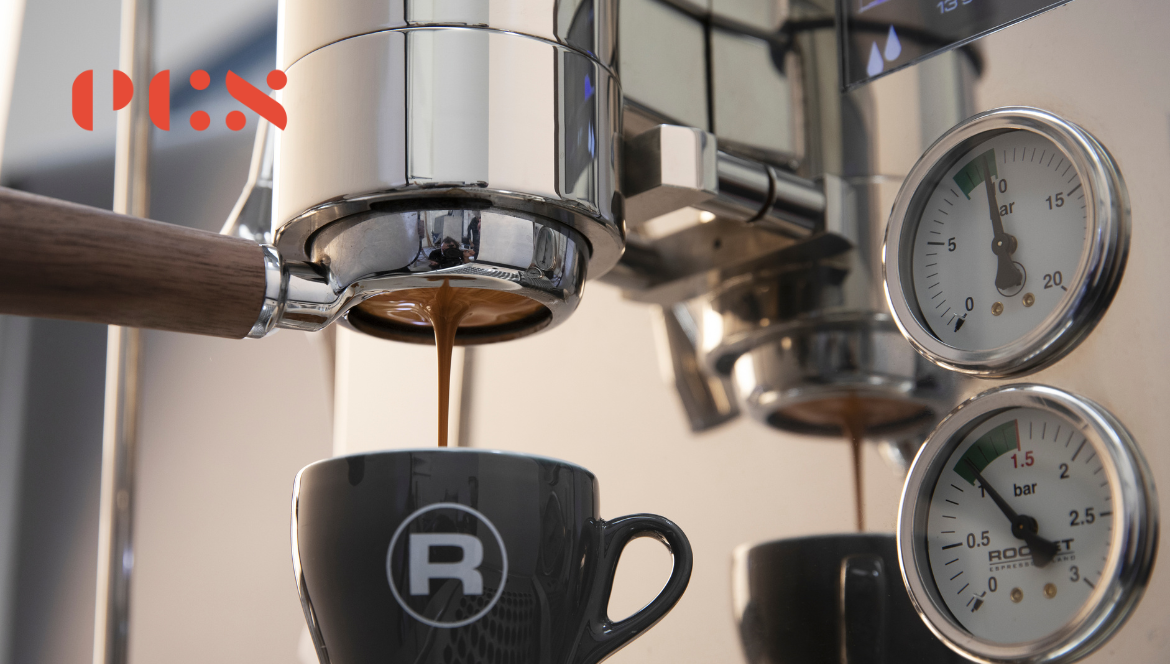
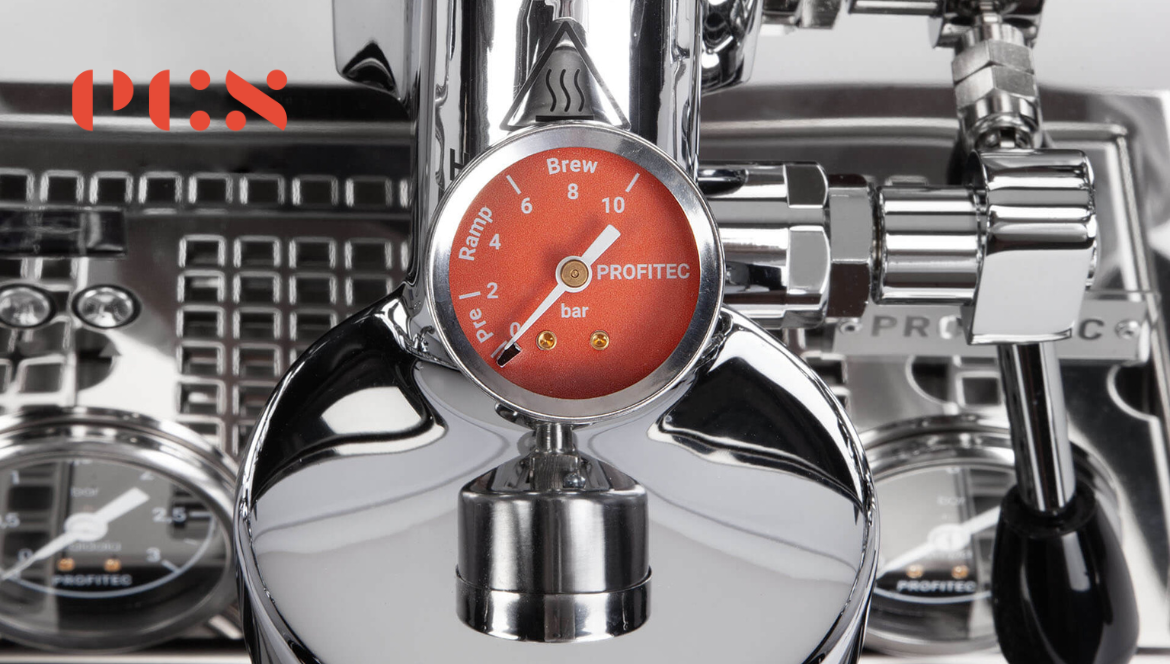
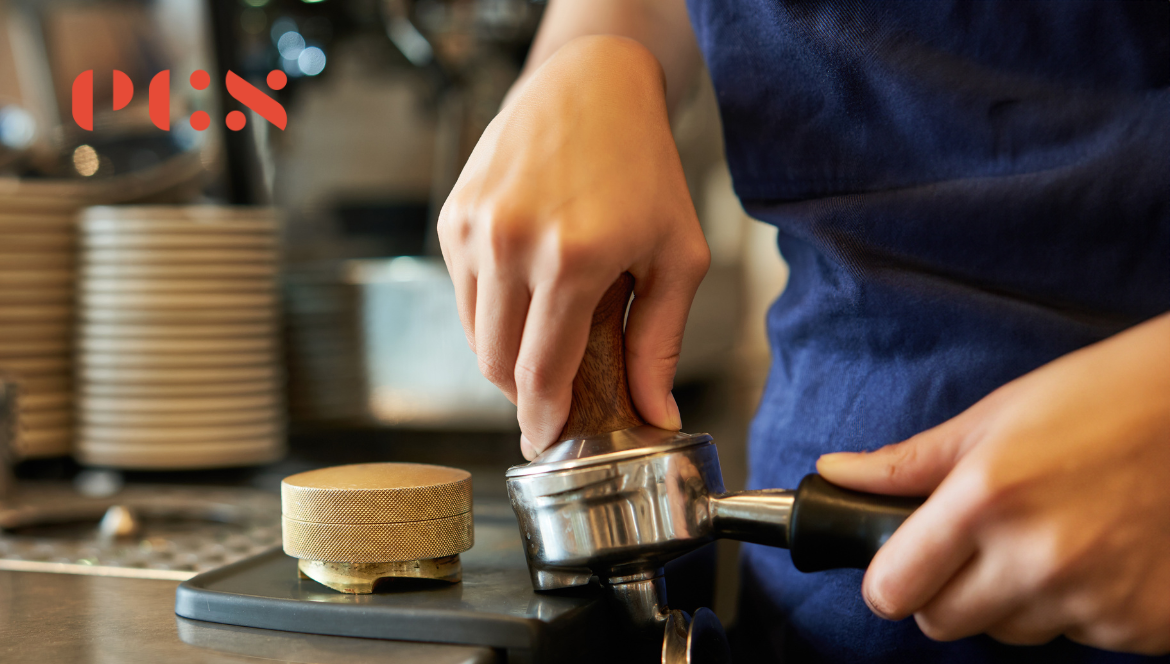
Leave a comment